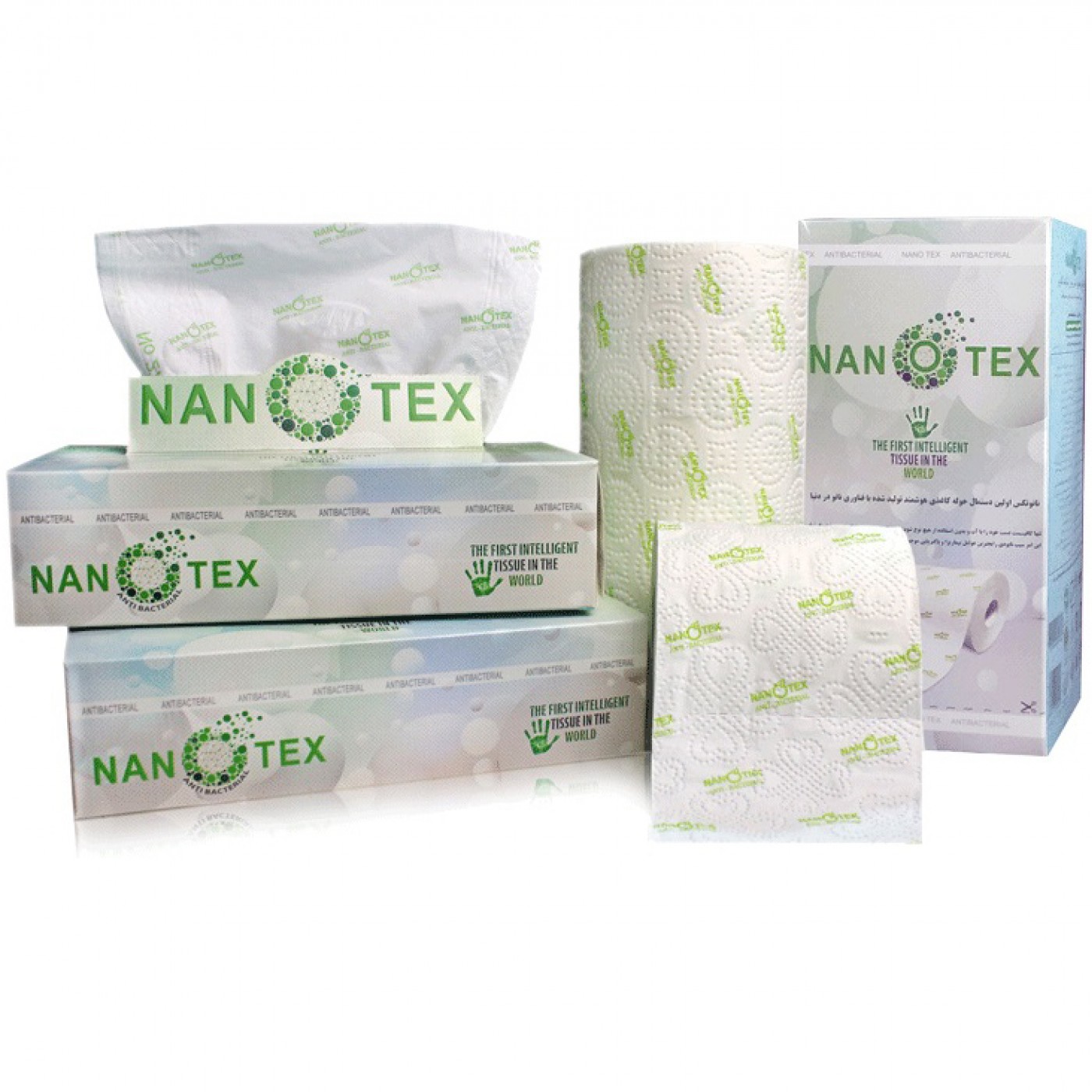| Khorasan Paper Industries |

| Registration Date | 16 Feb 2016 |
| Revision Date | 19 Apr 2018 |
| Share |
Medicine Medical Supplies
Paper TowelSilver
Ag Nanoparticle /Nanopowder CAS Number : 7440-22-4It is well known that Ag nanoparticles exhibits potent antibacterial properties with low toxicity for humans and animals by comparison with other heavy metals. Ag and Ag-compounded materials are effective for both Gram-negative and Gram-positive bacteria, whereas the efficacy of conventional antibiotics varies with the species of bacteria. The interaction of metal nanoparticles with microorganisms (from fungi to viruses, e.g. HIV) is an expanding field of research. It is believed that the mechanism of the antibacterial effect of silver ions (Ag+) involves their absorption and accumulation by bacterial cells and shrinkage of the cytoplasm membrane or its detachment from the cell wall. As a result, DNA molecules become condensed and lose their ability to replicate upon the infiltration of Ag ions. The silver ions also interact with the S–H bounds of the proteins, blocking and inactivating them.
Normal tissues absorb pollution and act as a proliferation agent of pollution in their environment. Development of this paper presents an opportunity to help reduce the proliferation of bacteria in environments. The silver nanoparticles have been used to remove these pollution in this tissues and this tissues have antibacterial properties. Recently, antibacterial properties creation in tissues with silver nanoparticles have been investigated in laboratory and industrial scales. In these cases, the presence of silver nanoparticles in tissues cause antibacterial properties retention.It is well known that Ag nanoparticles exhibits potent antibacterial properties with low toxicity for humans and animals by comparison with other heavy metals. Ag and Ag-compounded materials are effective for both Gram-negative and Gram-positive bacteria, whereas the efficacy of conventional antibiotics varies with the species of bacteria. The interaction of metal nanoparticles with microorganisms (from fungi to viruses, e.g. HIV) is an expanding field of research. It is believed that the mechanism of the antibacterial effect of silver ions (Ag+) involves their absorption and accumulation by bacterial cells and shrinkage of the cytoplasm membrane or its detachment from the cell wall. As a result, DNA molecules become condensed and lose their ability to replicate upon the infiltration of Ag ions. The silver ions also interact with the S–H bounds of the proteins, blocking and inactivating them.